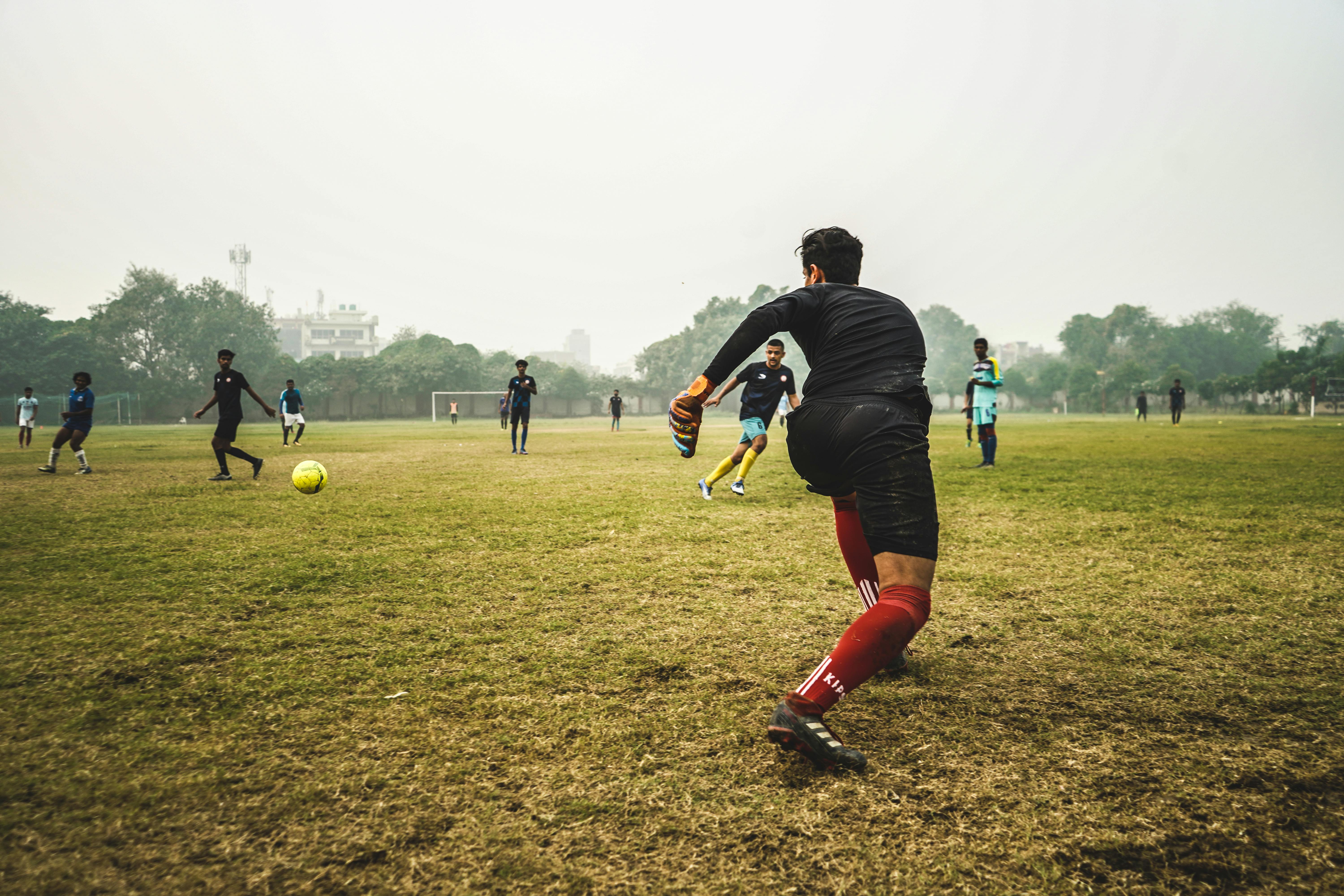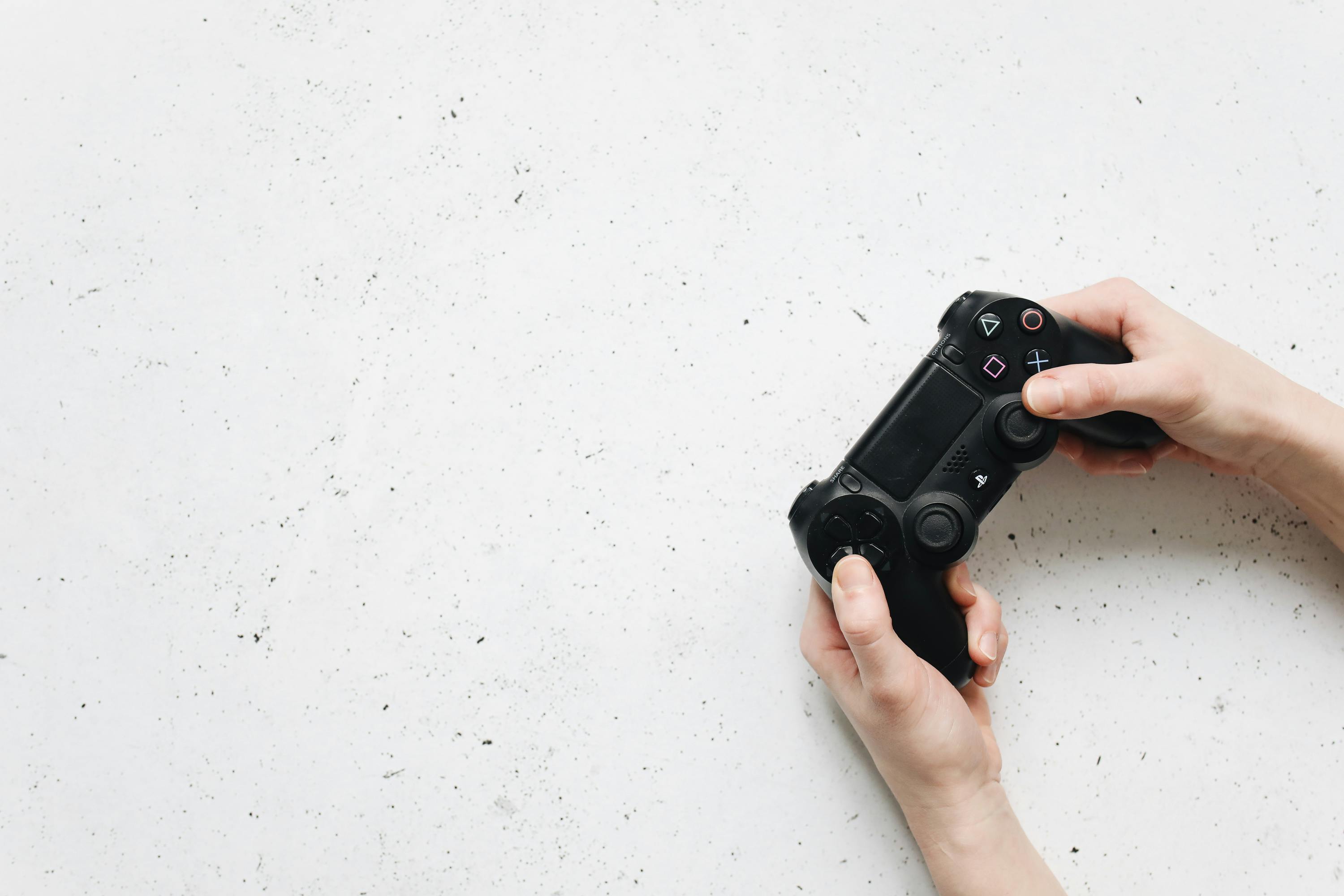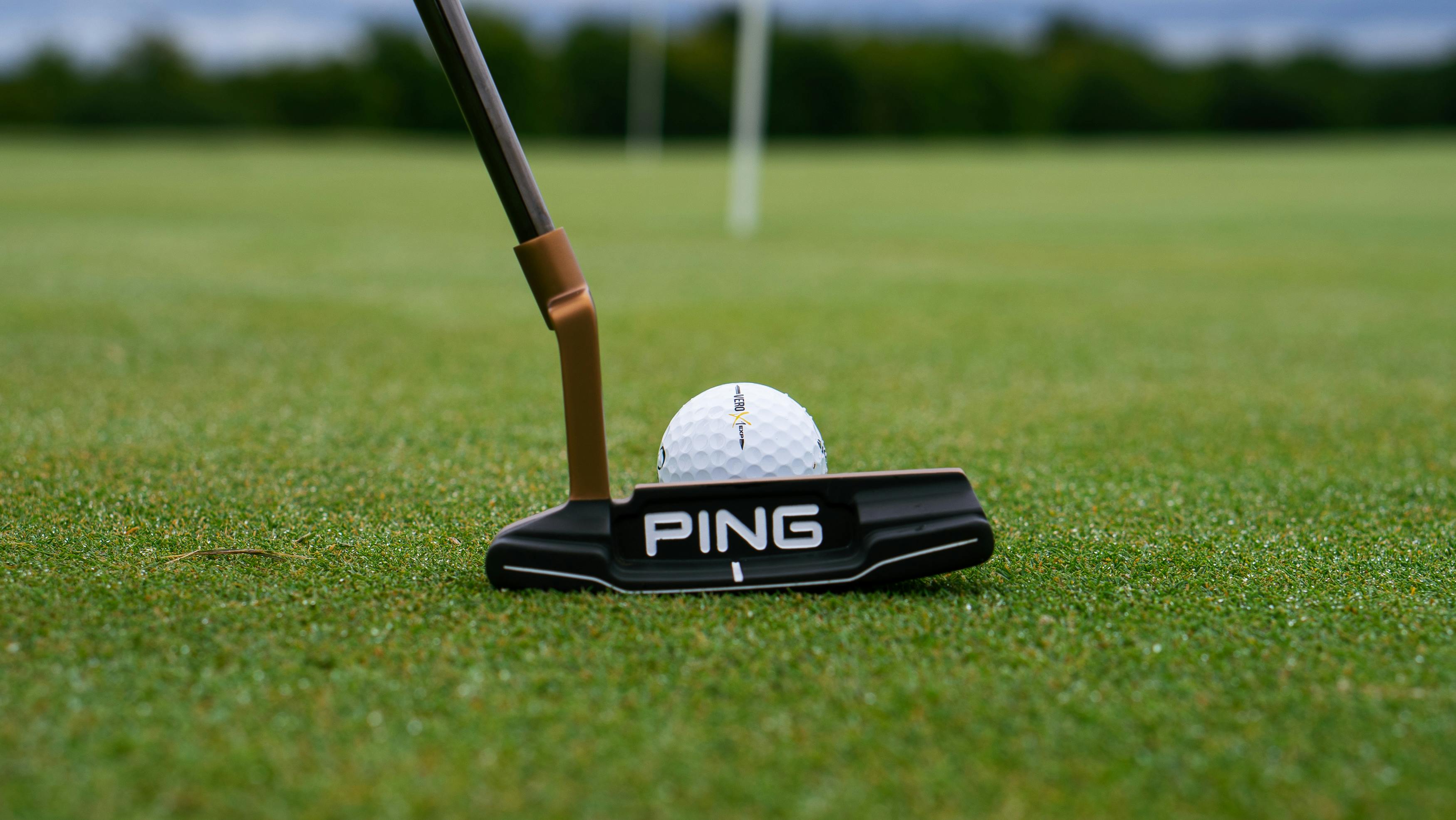Do you really want to learn Ninjutsu? Beginner level lessons in the ninja art of Ninpo-Taijutsu
Learning ninjutsu, like anything else, can be a daunting task. Especially if you have no idea where to start or what to do next. Combine this with the way ninpo-taijutsu is often taught, and you have the makings of confusion, indecision, and ultimately frustration.
If you’re trying to learn ninjutsu and know you could really benefit from a curriculum, then this article might be just what the Ninja Master ordered! Because what I’m going to share with you here are some of the principles that I make my personal students focus on when they first start down the path to Black Belt dominance.
And while this short article doesn’t present the specific technique blueprints or many of the skills, I believe you’ll get a much clearer picture of what you should be working on as you lay the most important foundations for Ninja Martial Arts mastery. . art of winning!
When you first start out in the martial art of ninjutsu, the first thing you learn is that we don’t think of things the same way most other fighters do. What I mean by that is that a ninjutsu practitioner doesn’t think about strength, speed, or power, and the way these things are created and maintained, just like everyone else.
In fact, one of the first lessons you’ll learn is that strength and stability come from positioning, not muscle mass and endurance. What that means is that if you know where and how to position your body as a whole, and the different parts of it, in relation to your opponent’s body…
You’ll be able to fend off an attacker two and a half times your size, with little to no effort!
Here is a brief summary of the basic principles and lessons you should focus on as a beginning student in the art of Ninjutsu:
1) Proper Body Alignment – The ability to behave in natural alignment means that you will always be in balance. This alignment is created by making sure the ears are over the shoulders, the shoulders over the hips, and the hips over the feet.
2) Correct footwork and gait – The fact is that most people do not move in such a way that the legs and feet carry the torso. Most adults have simply gotten good at the “fall controlled state” they developed as young children. Without proper training and attention in this area, you will be open to attacks that focus on throwing you off balance.
3) Basic Strike Evasion – With rare exceptions, Ninja does not block. Instead, we prefer to “be where the danger is not.” What this means is that instead of trying to do the same one-two-block-punch rhythm that is indicative of instinctive human movement patterns, the Ninja would rather get out of the way of incoming attacks, rather than try to fight back. With force. strength, and strength with strength.
4) Use leverage to escape grapple attacks – Once again, rather than trying to outmaneuver an attacker who is larger or stronger, the Enlightened Ninja applies the lever principle, much like using a lever to open a door, to accomplish his escape. At this level, you also learn to execute your technique while also covering and protecting against any subsequent attacks.
5) Basic safety positions (collectively known as “kamae”) – By learning to control the distance between you and the attacker; remove your targets from their reach; and cover or protect those you cannot effectively eliminate, you make your assailant’s job of hurting you extremely difficult, if not nearly impossible! Instead of having stylized “postures,” you’ll learn how to position your body and its parts effectively to control your attacker’s perceptions and make it as easy as possible for you to defend yourself.
6) The 4 patterns of defensive footwork to avoid attacks – In a self-defense situation, unlike a karate tournament or mixed martial arts match, you never know where you will be when you are attacked, nor will you know what the attack will be or your emotional state at that moment. Therefore, ninpo-taijutsu provides 4 basic footwork patterns that serve to get the body out of the way in different ways that adjust to these variables and allow you to have many more options than the typical “based on martial arts practitioner.” the style”.
7) Foundational Stretching and Body Conditioning Exercises – This must happen. Ninja training is both exhausting and beneficial to the body, as is physical aggression. Therefore, Ninja’s junan taiso body conditioning exercises allow you to gain both the muscular strength and flexibility that will enable you to meet the challenges ahead with ease.
8) Dojo etiquette and proper respect – The dojo, or martial arts training hall, is a place to learn and understand. It is not a place for idle talk and games. Therefore, there are certain guidelines for disciplined and respectful thinking, speaking, and acting that show that you are aware of the importance of your teacher, your fellow students, and your martial lineage.
9) Knowledge about art and where it came from – While you won’t be required to become a historian, there are certain key pieces of information and knowledge that you need to learn to really begin to understand this powerful martial tradition. Being able to answer questions about what the term “ninpo-taijutsu” means in English (or your native language), where the art comes from, and the name of your teacher and your teacher’s teacher, are all important things to know. at the beginning of your ninpo-taijutsu and ninjutsu training.
These areas of study, principles, and concepts will enable you to lay a solid foundation for future work through successive levels of Ninja Martial Art training.



